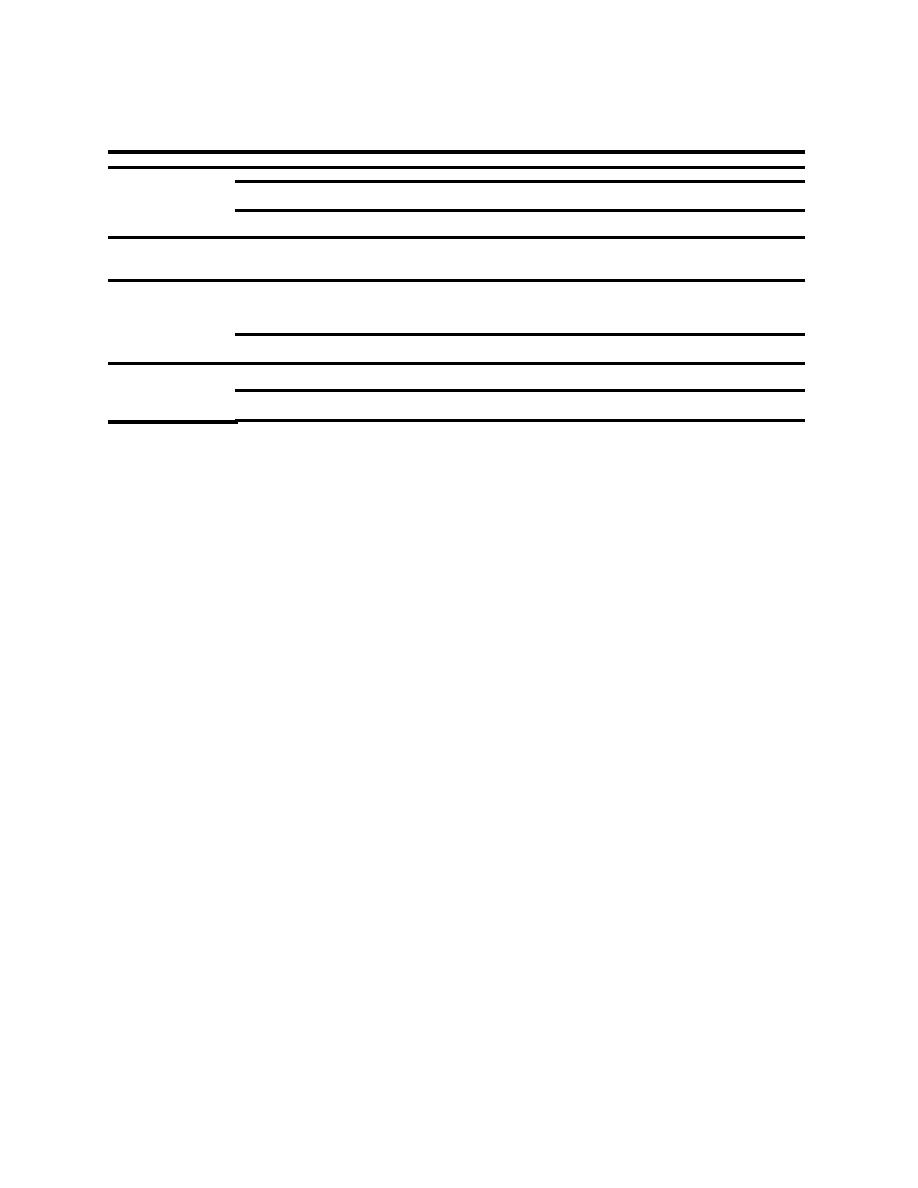
Fundamentals of Fluvial Geomorphology and Channel Processes
Table 3.1 Classification of Valley Sediments
Place of Deposition
Name
Characteristics
Channel
Transitory channel deposits
Primarily bedload temporarily at rest; for example, alternate bar deposits.
Lag deposits
Segregation of larger of heavier particles, more persistent than transitory channel deposits,
and including heavy mineral placers.
Channel fills
Accumulations in abandoned or aggrading channel segments, ranging from relatively coarse
bedload to plugs of clay and organic muds filling abandoned meanders.
Channel margin
Lateral accretion deposits
Point and marginal bars which may be preserved by channel shifting and added to overbank
floodplain by vertical accretion deposits at top; point-bar sands and silts are commonly
trough cross-bedded and usually form the thickest members of the active channel sequence.
Overbank flood plain
Vertical accretion deposits
Fine-grained sediment deposited from suspended load of overbank floodwater, including
natural levee and backswamp deposits; levee deposits are usually horizontally bedded and
rippled fine sand, grading laterally and vertically into point-bar deposits. Backswamp
deposits are mainly silts, clays and peats.
Splays
Local accumulations of bedload materials, spread from channels on to adjacent floodplains;
splays are cross-bedded sands spreading across the inner floodplain from crevasse breaches.
Valley margin
Colluvium
Deposits derived chiefly from unconcentrated slope wash and soil creep on adjacent valley
sides.
Mass movement deposits
Earthflow, debris avalanche and landslide deposits commonly intermix with marginal
colluvium; mudflows usually follow channels but also spill overbank.
Point bars represent a sequence of deposition in which the coarser materials are at the bottom and
the finer materials at the top. From the viewpoint of the channel stabilization planner, the more erosion
resistant materials may then be silts and clays deposited at the top and very erosive sand may comprise the
toe of the slope. Therefore, if the channel you are attempting to stabilize is eroding into an old point bar
deposit, you may encounter several problems. Along the same line of thinking, an abandoned channel fill
may appear on the eroding bank as a clay plug.
Different types of bank instability can also arise depending on how the materials were deposited.
Consider a point bar deposit with a sandy base that has been deposited over a backswamp clay deposit.
This can result in sub-surface flow at the sand-clay interface that can cause the granular material to be
washed out of the bank and failure to occur some distance back from the channel. Stabilization could
include proper drainage of the top of the bank to deprive the failure mechanism of the percolating
groundwater source.
In addition to the landforms briefly described in Table 3.1, we should introduce terraces. Terraces
are abandoned floodplains formed when the river flowed at a higher level than now (Ritter, 1978).
Terraces are produced by incision of the floodplain (Schumm, 1977). In other words, the stream channel
has down cut leaving the previous floodplain, and is establishing a new, lower floodplain. The appearance
of a terrace or a series of terraces in a surveyed cross-section may be as broad stair steps down to the
stream. The steps may be broad and continuous throughout the length of the stream segment, or may be
discontinuous and could be only a few feet in width.
3.1.3
RIVER MECHANICS
River mechanics is the subset of both fluvial geomorphology and open channel hydraulics which
focuses on the form and structure of rivers. Specifically, it address the channel pattern, channel geometry
25



 Previous Page
Previous Page
